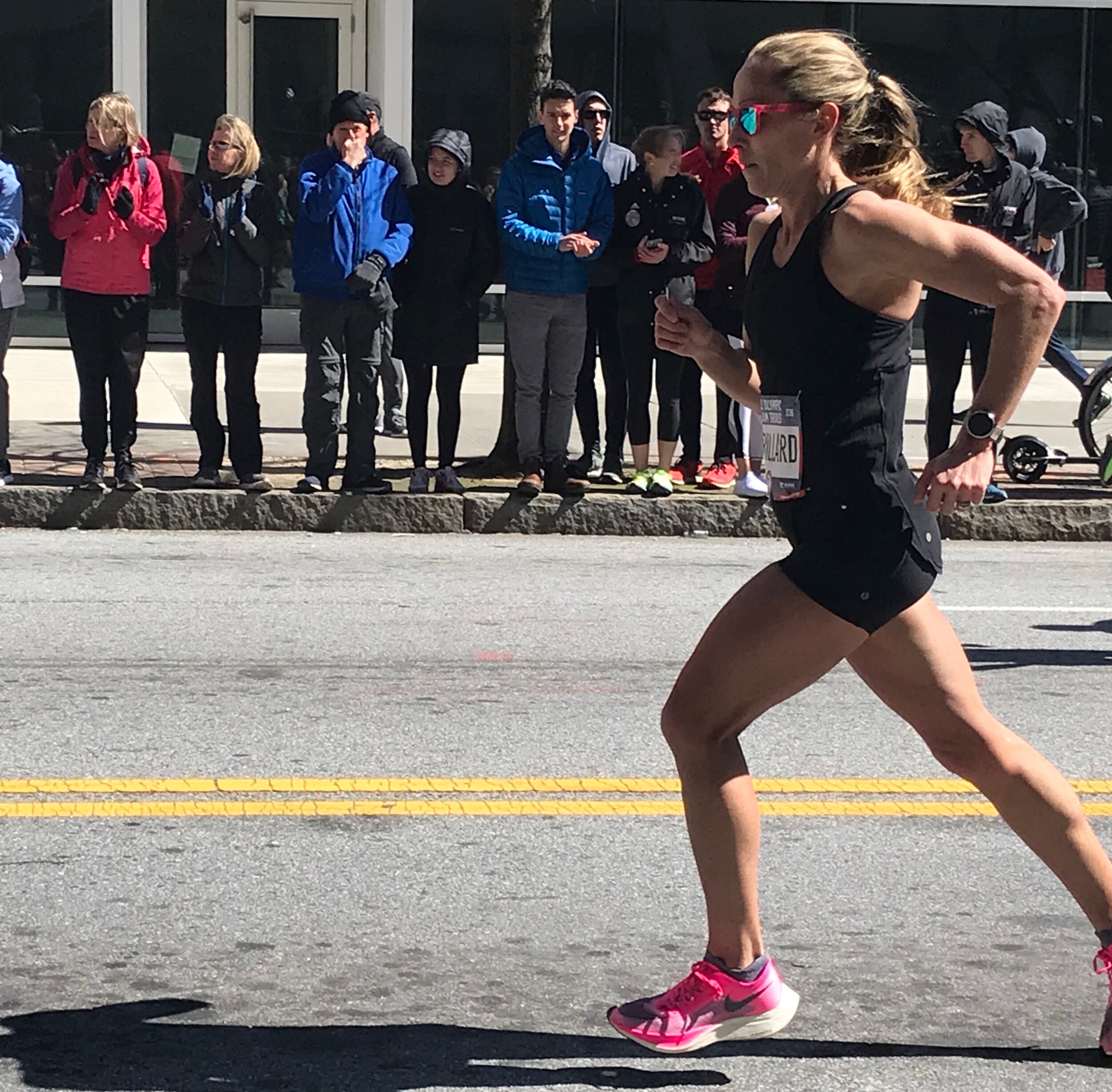How to Use Your Off-Season to Benefit Your Next Marathon Training Cycle
by Dr. Ellen Foster, PT, DPT
So you’ve just finished your training season. Congratulations! Maybe you sailed through the last 4 months and set a PR at your race, or maybe the season was a little rough and you experienced frequent aches and pains that caused you to take extra rest days and skip workouts. In both scenarios, the best thing you can do for your body is to take a recovery period, and then use the off-season as preparation for your next training cycle. An effective off-season will allow your body to heal and adapt from the hard work of a training season, while also providing the opportunity to work on weak spots so they don’t derail the next training cycle.
First, let's tackle some reasons why runners mistakenly don’t take an off-season.
Fear of losing fitness. Anyone who has taken extended time off from running knows how difficult those first few workouts feel. And it can feel daunting to think about starting all over when you’ve worked so hard to improve your fitness! While it’s true that you begin to lose cardiopulmonary fitness in as little as 14 days of no training, research has shown that you can maintain aerobic adaptations in VO2max and submaximal endurance with a reduced training load(1). In one study, athletes maintained their fitness even while reducing their training load by two-thirds (2).
Momentum of a good season. When everything seems to be clicking into place, a slowdown or pause in training might seem like you’re missing out on potential gains. Why not push ahead and take advantage of feeling good? However, everything feels good until it doesn’t. It’s much wiser to take a planned, short-term, decrease in training, compared to the risk of continuing to push your body to the breaking point, at which you will likely be on the bench for much longer.
Training provides structure and mental release. Many athletes thrive under the structure of a training program. The certainty of what to do with their time each day provides comfort in a sometimes hectic world. However, off-season isn’t about the absence of training, it’s just a change in what training looks like. There can be structure and mental comfort found in mobility drills, technique sessions, and strength training.
Now, let’s look at how to get the most out of your off-season.
It’s important to note that this preparatory phase is NOT your base or build phase where you’re working to increase miles at a low intensity prior to jumping into your marathon or half marathon training plan. The goals of the plan presented here are:
1. Recover from the previous season
2. Become a stronger athlete who can handle hard workouts without injury
3. Become a more efficient runner in order to go faster with less energy (Learn why increasing your run cadence can benefit your performance AND reduce your risk of injury.)
There are three key ways you will accomplish these goals—
Decrease running volume to aid in recovery while shifting the focus of your training. After your initial recovery period of no running after your race, don’t jump back into high mileage, especially if your racing season was plagued by aches, pains, or injuries.
Run 3-4 days per week to maintain a base of fitness, but all runs should be done at an easy, conversational pace and distance should be short.
Don’t do intense, race specific workouts. Now is not the time for track workouts or hill repeats. These types of workouts tend to beat up your body and the risk of injury is high.
Utilize cross training. If you want to get your body moving more and maintain your aerobic fitness, try cycling, swimming, or elliptical training to substitute long runs. These options allow you to work your cardiovascular system while sparing tendons, cartilage, muscles, and bone.
Increase strength training volume to improve the structural integrity of your body. For many runners, injuries are the result of their heart and lungs adapting to training faster than their bones and tendons. Incorporating strength training prior to increasing running volume will make your body tougher and more resilient. The trick is to make sure you introduce strength training while you’re deloading running, so that your body will recover appropriately.
Runners that took a 2-week break from running were shown to increase lean muscle mass, even without adding strength training(1). Reducing your running volume provides an opportunity for muscles to repair and gain strength, since running is a catabolic activity, meaning it breaks your muscles down.
Strength train 2-3 days per week. Work with a personal trainer that is familiar with the demands of running so you can target the correct muscle groups. Bootcamp or HIIT style workouts aimed at calorie burning are not ideal and will not be as beneficial.
Runners that lifted 2-3 times per week for 8 weeks showed an improved running economy, meaning they utilized less oxygen to run at the same speed (3).
Improve running technique. Have you ever wondered if changing from a heel strike to a midfoot strike would be better for you? Or maybe you’re a forefoot striker and are plagued by calf injuries, but are hesitant to change your stride because it feels awkward and you’re not sure how to do it. Especially if you began running as an adult, what feels “natural” might not necessarily be the most efficient technique. The off-season is the ideal time to work through the growing pains that may come with working on your form!
Get a running form evaluation with a physical therapist. You’ll need to know where your weaknesses are in order to work on improving them. Make sure the PT you work with is able to explain the results and create a plan for you. A running evaluation isn’t much help if you don’t leave the appointment with exercises and drills that directly relate to your faults.
Perform running drills daily, especially prior to runs. Improving your running form requires neuromuscular re-education, and frequency of practice is key for success. Think of how difficult it is to learn a new language or to play an instrument if you don’t practice daily!
By planning ahead using these tips, you can use the time between training plans to become a better runner, even if you are running fewer miles!
References:
Chen, Yun-Tsung et al. “Two weeks of detraining reduces cardiopulmonary function and muscular fitness in endurance athletes.” European journal of sport science, 1-8. 21 Feb. 2021, doi:10.1080/17461391.2021.1880647
Neufer, P D. “The effect of detraining and reduced training on the physiological adaptations to aerobic exercise training.” Sports medicine (Auckland, N.Z.) vol. 8,5 (1989): 302-20. doi:10.2165/00007256-198908050-00004
Balsalobre-Fernández, C., Santos-Concejero, J., & Grivas, G. V. (2016).
Effects of Strength Training on Running Economy in Highly Trained Runners: A Systematic Review With Meta-Analysis of Controlled Trials. Journal of strength and conditioning research, 30(8), 2361–2368. https://doi.org/10.1519/JSC.0000000000001316



